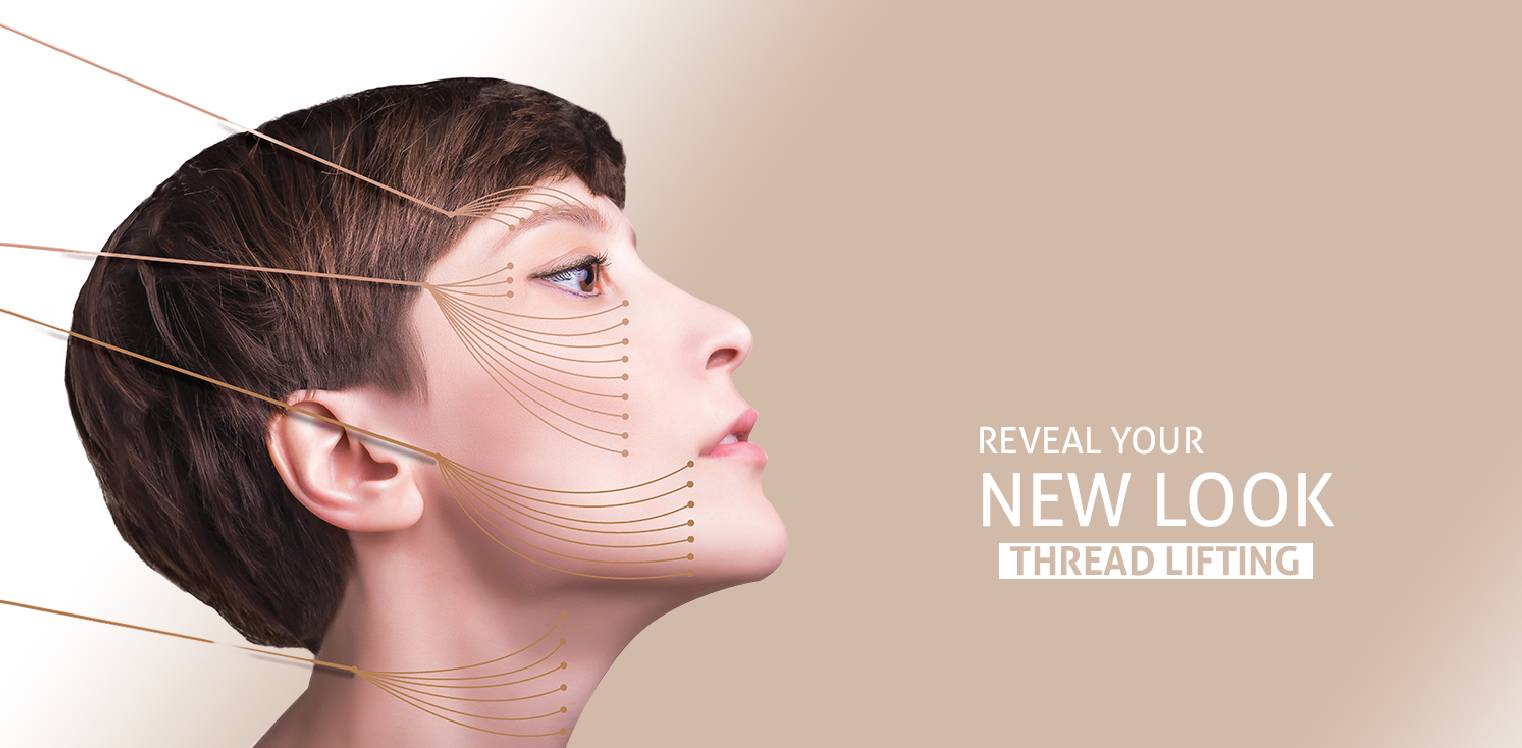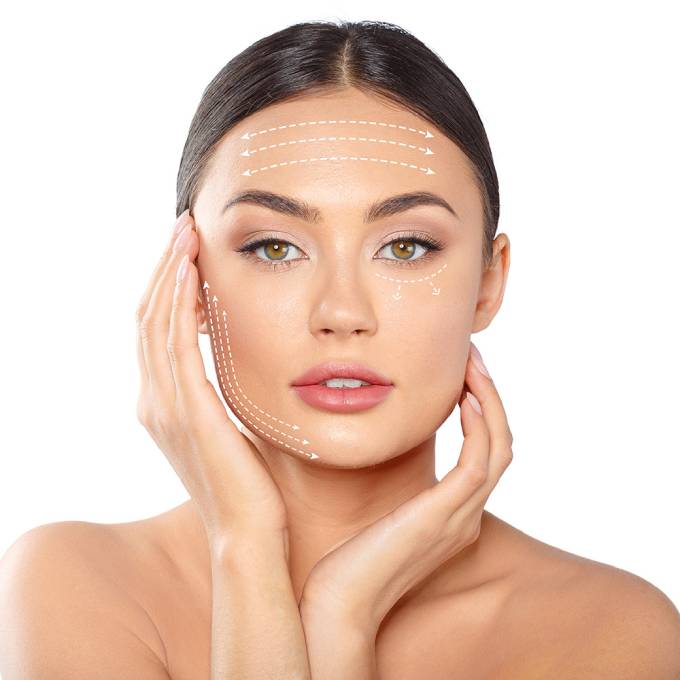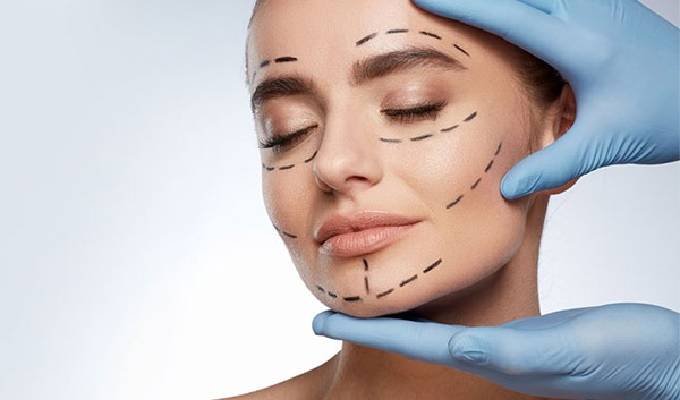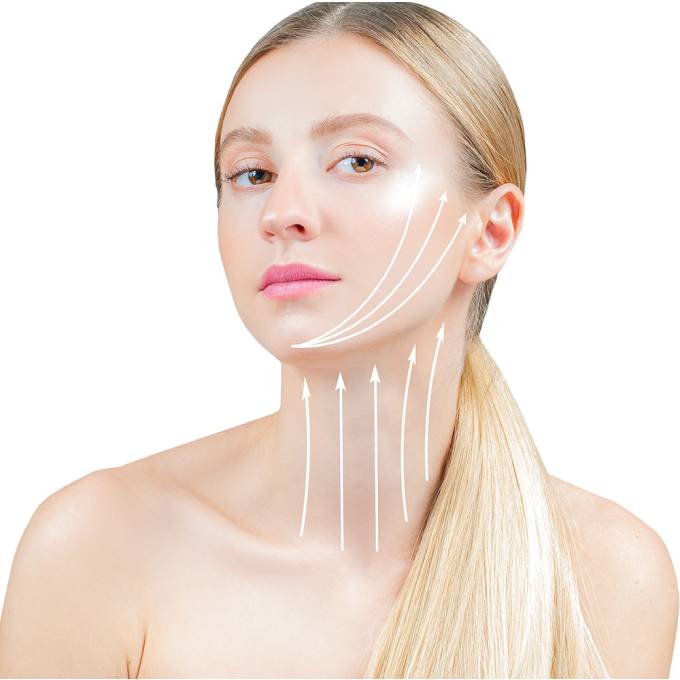
Over time as we get older our skin loses its charm, glow & elasticity. It begins to lose and becomes saggy.
Many young people have to face these problems nowadays. Due to our hard & fast lifestyle, our skin gets affected by the harsh climatic conditions. And it gets worsen if left untreated.
There are many treatments available to avoid these old age problems. But thread lifting is a non-invasive & non-surgical process to avoid your saggy looking skin.

A thread lift is a type of treatment in which a slight yet noticeable 'lift' in the skin is created using temporary sutures. The cosmetic surgeon merely suspends it by sewing up parts of it, instead of cutting the patient's loose facial skin surgically.
Thread lighting isn’t a complex surgical procedure.



1. How is a non-surgical skin tightening procedure performed?
Depending on your skin quality and the area being treated, your surgeon may choose one of the treatments described below. Before the procedure begins the area to be treated is cleaned of makeup and skin lotions. Some treatments require a thin coat of ultrasound gel or other conducting gel during treatment. Topical, oral or intravenous pain medication may be required depending upon device, treatment area, and your individual needs.
2. How long will the results last?
Most nonsurgical skin tightening results will last one to three years on average. Subsequent procedures may need to be repeated periodically to maintain the benefits.
3. How often can you do skin tightening?
The treatments are cumulative. After your final treatment, your results will continue to improve for up to 3-4 months. After that, your face and body continue to age, so maintenance is recommended once a month or every 3-4 months, depending on the person.
4. How long does skin tightening last?
To see optimum results, clinicians recommend a course of approximately six treatments, every four to six weeks. Skin tightening will continue to work up to 12 weeks post-treatment, so the skin will continue to improve for several months once you've completed six sessions.
5. Do Lasers tighten skin?
Laser skin tightening is a safe, effective way to lessen the effects of time. Using advanced laser technology, the collagen beneath the surface of the skin is heated, causing it to constrict, thus tightening loose facial skin and giving the appearance of firm, youthful skin with less fine lines and wrinkles.
6. What is the best skin tightening non-surgical procedure?
Ultrasound skin tightening-
1. How long does it take to recover from a neck lift?
It can take several weeks to months for swelling to fully subside and you see the full results of your neck lift. Most people need about one week at home to rest and recover from neck lift surgery.
2. How painful is a neck lift?
Sedative medications allow the patient to remain awake but relaxed, with local anaesthesia so there is no pain. The procedure itself takes several hours, during which the surgeon makes small incisions around and behind the ear, and a very small one under the chin.
3. What are the risks of a neck lift?
4. What is the best age for a neck lift?
For most patients, the best age for a facelift is some time between ages 40 to 60, when wrinkles and folds begin to appear on the lower face and neck.
1. How is a facelift performed?
The surgeon lifts the skin off the deeper facial muscles and fat, gently pulls the skin in an upward and posterior direction, and removes the excess skin. They may tighten the deeper tissues of the face. A small incision, or cut, may be made under the chin to tighten the skin and deeper tissue of the neck.
2. How long does a facelift last?
For most patients, results from a facelift will last about 10 years
3. How painful is a facelift?
While it may seem like facelift surgery should be an incredibly painful procedure, the truth is that most patients are surprised at how little discomfort they experience.
4. What is the best age to get a facelift?
Although people in their mid-40s often see the best results, the optimal age to get a facelift depends on each person's circumstances, which are unique to their face. In most instances, individuals in their 40s, 50s, and 60s are the best candidates for facelift surgery.
5. Does a facelift get rid of wrinkles?
Overall, a facelift works achieve a more youthful look for the patient. A facelift is a great answer for jowls, loose skin, and heavy sags. It will also work to reduce the appearance of wrinkles, but will not remove them entirely. It will help to refresh your look and make the wrinkles less pronounced on your skin.
1. Where can you have a thread lift?
Thread lifts are considered as non-invasive facelifts; therefore, some common areas for the procedure to be done are:
2. How long does a thread lift last?
From most research, a safe assumption is that this procedure is not permanent, mainly because you cannot stop the natural process of ageing. However, results can be considered long-lasting for appropriate patients, and due to the ease of this procedure, having repeat treatments can easily be done. 1-9 years is the general longevity of observable results. For patients that are younger with thicker skin and appropriate facial volume, 3-4 years is the average. In contrast, older patients with severe sagging reduced elasticity, and lack of volume have visible results for 1-2 years.
3. What is a thread lift procedure for the face?
A thread facelift can be extended to the face as well as other areas. Face areas are typically divided into:
4. Can I exercise after a thread lift?
You should wait around 1-3 weeks after the treatment to resume any vigorous exercise, your surgeon will advise you on how long exactly you should expect. This is to prevent your healing from becoming prolonged. Exercise can increase the heart rate, which causes blood flow to also increase to the area of treatment, which in turn can cause swelling.